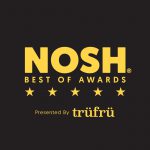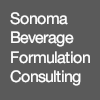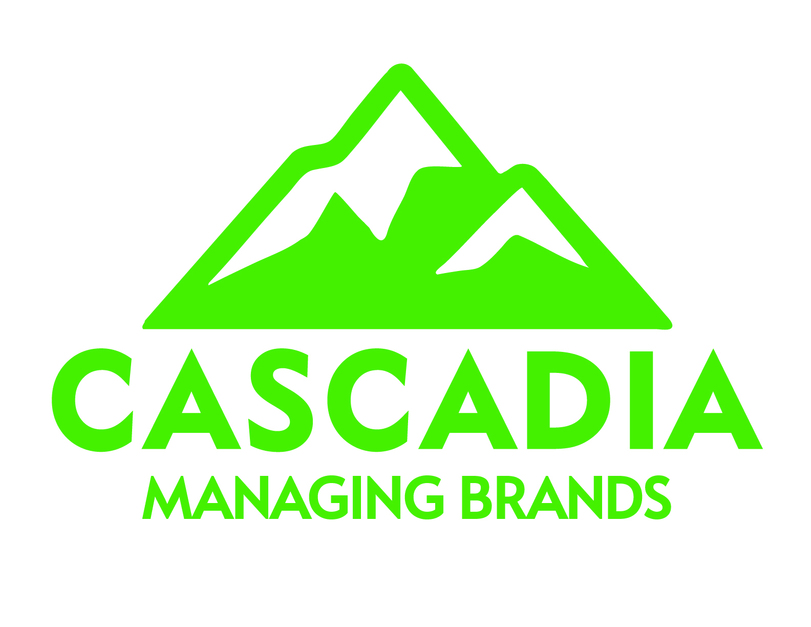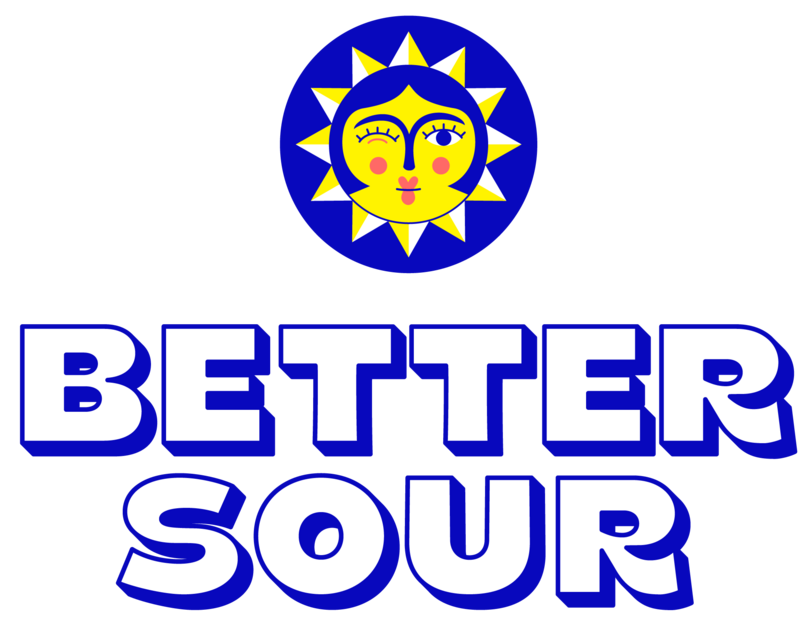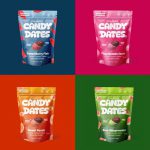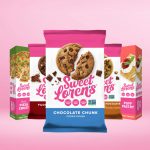QR Codes Alone Aren’t Enough to Meet GMO Disclosure Requirements, Judge Rules

A California district court judge ruled last week that food manufacturers cannot rely exclusively on QR codes to disclose if their products contain bioengineered ingredients.
According to a new federal labeling regulation that took effect at the beginning of this year, food producers are required to include a text, a symbol or electronic or digital link on-pack to indicate to consumers whether or not a product contains genetically-modified ingredients. That rule set off a legal challenge from retailer Natural Grocers, which sued the United States Department of Agriculture (USDA) in July 2020, challenging multiple aspects of the statute which was set in motion by Congress’ 2016 National Bioengineered Food Disclosure Act.
The act stipulated that, prior to allowing the electronic or digital link disclosure method, also known as QR codes, the USDA had to commission a study identifying potential challenges with this method impacting consumers’ access to information. Deloitte conducted the study in 2017 and concluded that “consumers would not have sufficient access to the bioengineering disclosure through electronic or digital means under ordinary shopping conditions at this time.”
However, the results were not publicly released until the Center for Food Safety sued the USDA in 2018 for the documentation. That same year, the USDA added a fourth option, disclosure via text message, to its final rule, since the statute mandated the agency needed to provide “additional and comparable options” if the study revealed challenges. Under the final rule, food manufacturers can pair a text message hotline with an on-pack QR code allowing consumers to either text the number or scan the code to receive information regarding the product’s bioengineered status.
In his ruling last week, Northern California District Court Judge James Donato’s wrote that the “text message disclosure decision was a significant error,” by the USDA, but that both disclosure methods can still be used until the agency comes up with a new alternative so that the “status quo is maintained.”
The decision does not explicitly ban the use of QR codes, rather sends the regulation back to the USDA for review. According to Meredith Stevenson, staff attorney for the Center for Food Safety, the USDA is now required to “go back and change the final rules so that any QR codes must be accompanied on the package with an accessible disclosure option like text or symbol.”
The case also challenged aspects of the regulations restricting the use of terms like ‘genetically engineered’ and ‘GMO,’ as well as allowing the exclusion of “highly refined” bioengineered foods disclosure requirements as long as the finished product has been processed to a point where it no longer contains detectable amounts of said ingredients. These challenges to the new rule were dismissed by Donato.
Nevertheless, the case was a “small but significant win,” claims Stevenson and Alan Lewis, VP of Advocacy & Governmental Affairs for Natural Grocers. The ruling also highlights the increased value of the Non-GMO Butterfly symbol, said Lewis. Although he does not believe it will have much of an impact on those in the industry right now, specifically those who have chosen organic and Non-GMO supply chains, it could cause identity conflicts down the road.
“[USDA] organic is under threat from biotech interests who believe gene-editing should be allowed in organic crops and that GMO fermentation should be allowed in ingredient processing,” said Lewis. “[The Non-GMO Project] does not allow any of these “New GMO” technologies in products carrying its seal. These two certifications have marched arm-in-arm for over a decade. But if they diverge on the GMO issue, some interesting brand identity conflicts will occur.”
It has also raised debate about the use and accessibility of QR-coded information in retail settings. While research suggests consumers have become more comfortable with QR codes since the pandemic, and that the technology will likely have a lasting presence, QR codes limit information access to those who “own a phone and pay for internet access,” said Lewis. Also notable, the study commissioned by the USDA took place three years before the pandemic and was conducted a month before Apple embedded QR code readers into its iPhone’s camera function.
“Perhaps there is some question about moving everything to a QR code when you have a legally mandated disclosure,” said John Johnson, an FDA Regulatory Attorney at Shook, Hardy & Bacon. “But, for example, for everything that’s required under the Food, Drug and Cosmetic Act… there’s a specific definition of ‘label’ and all the required statements have to appear on the label.”
“This decision raises questions about accessibility [of QR codes], but I’m not sure this decision changed the fact that those questions were there to begin with,” Johnson continued.
According to Lewis, this ruling will leave a small mark on the track toward QR marketing strategies. As demand for corporate transparency increases – including mandatory Environmental, Social, and Governance (ESG) reporting that goes into effect under the direction of the Securities and Exchanges Commission (SEC) next year – he said brands are going to rush to fill QR codes with these types of disclosures as well.
But not everyone is convinced this ruling has application beyond this particular circumstance.
“My caution would be comparing [this to other disclosures] since this was a very narrow question,” said Johnson. “So much of the other food labeling requirements – statement of identity ingredients, nutrition labeling – those all come from the Food, Drug and Cosmetic Act, which has its own statutory elements and requirements… instead of making any broad strokes I’d say this was a highly nuanced statutory discussion.”



